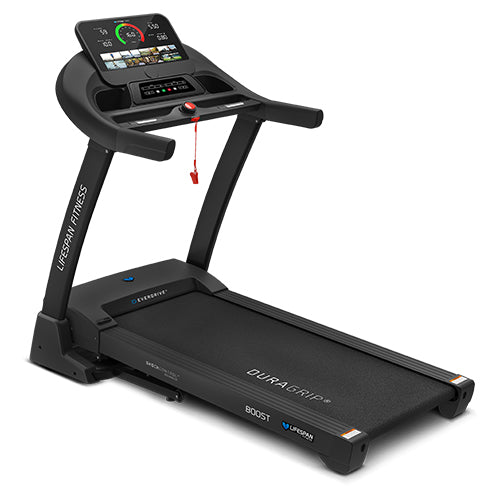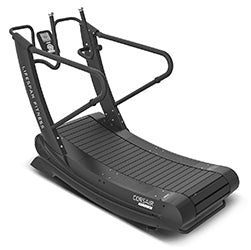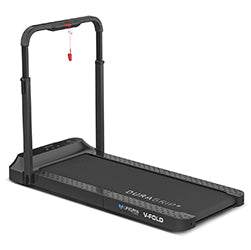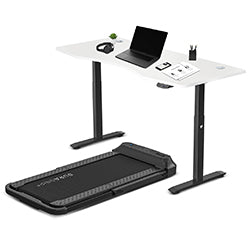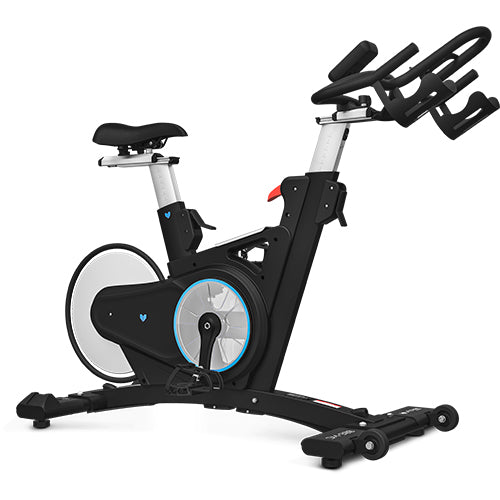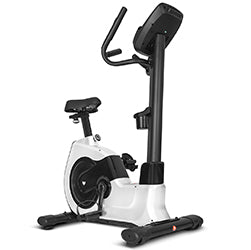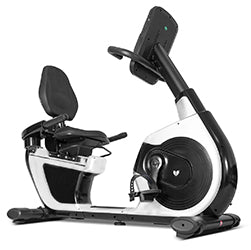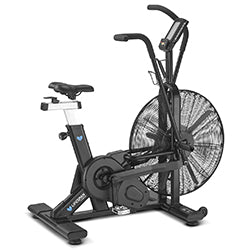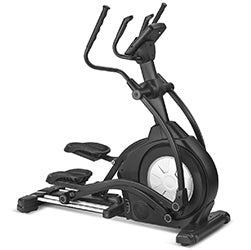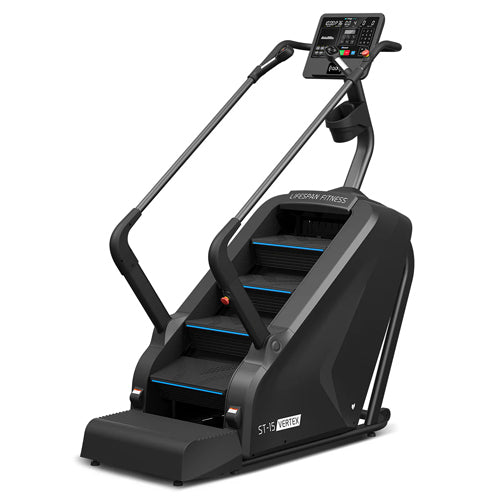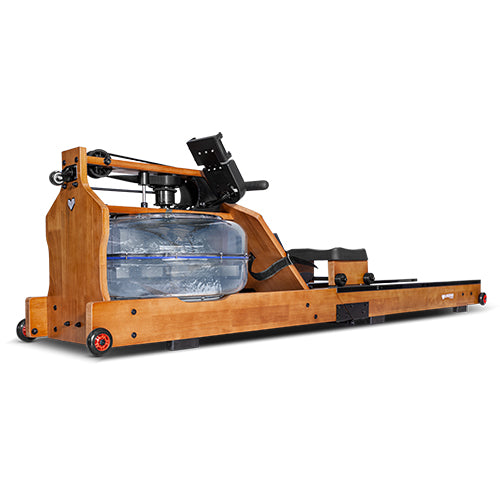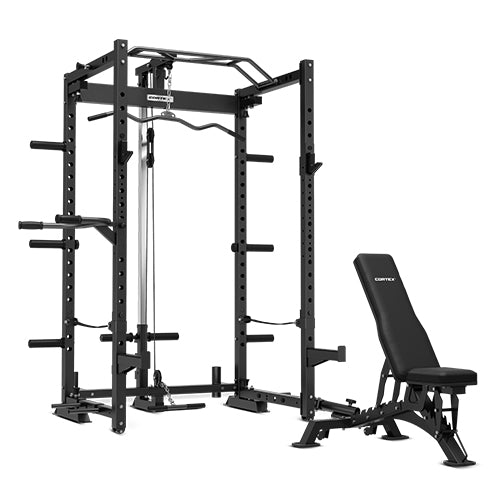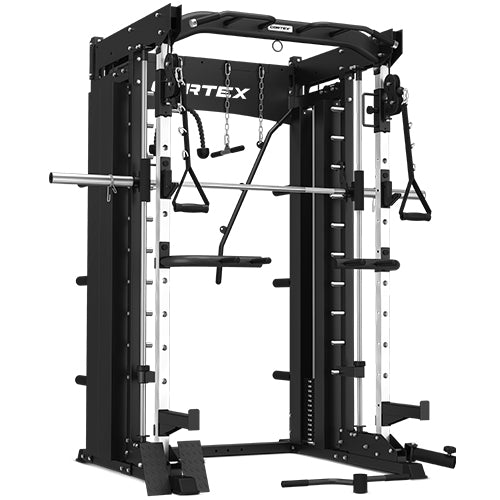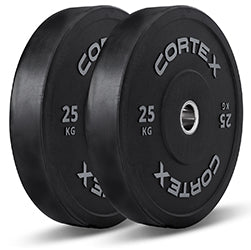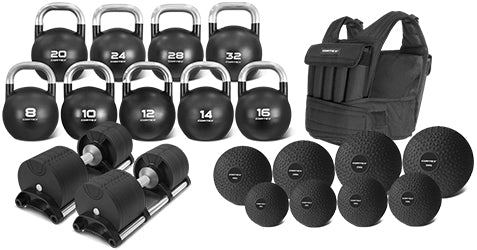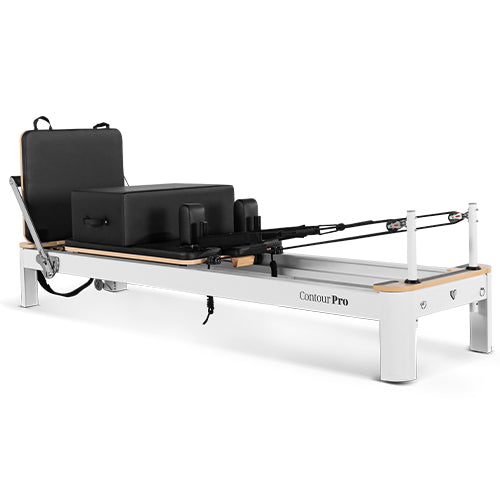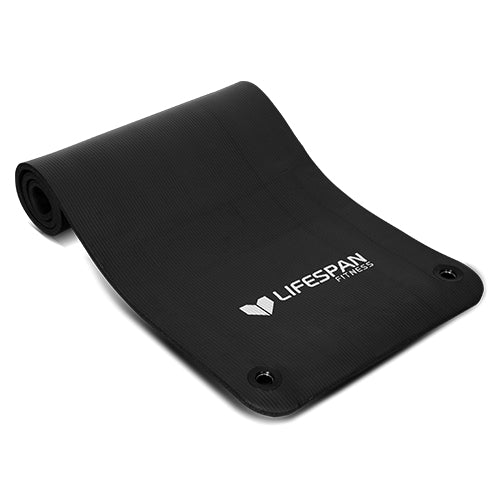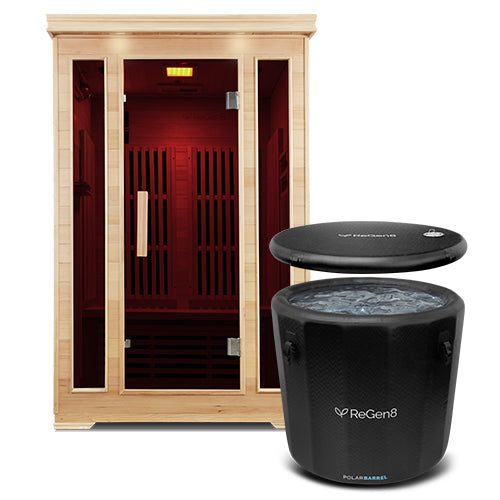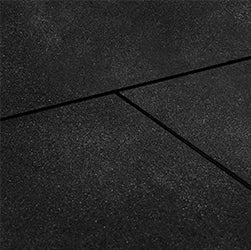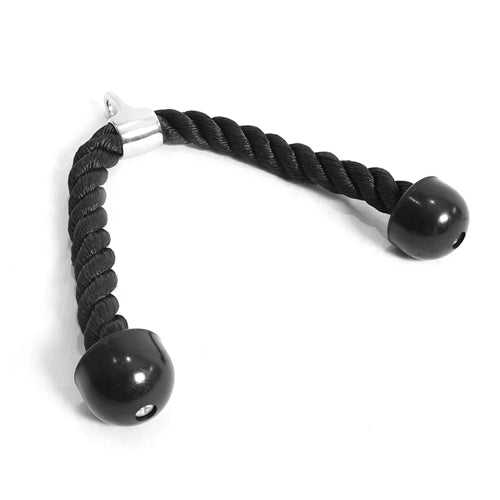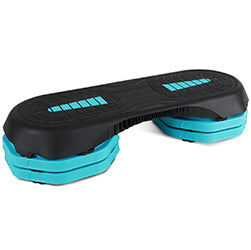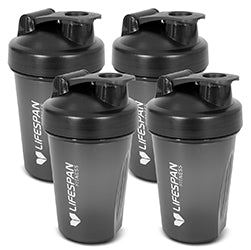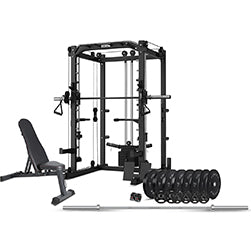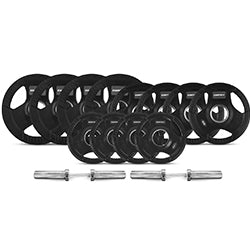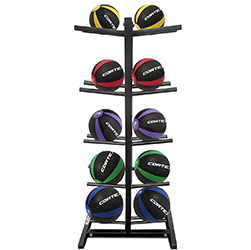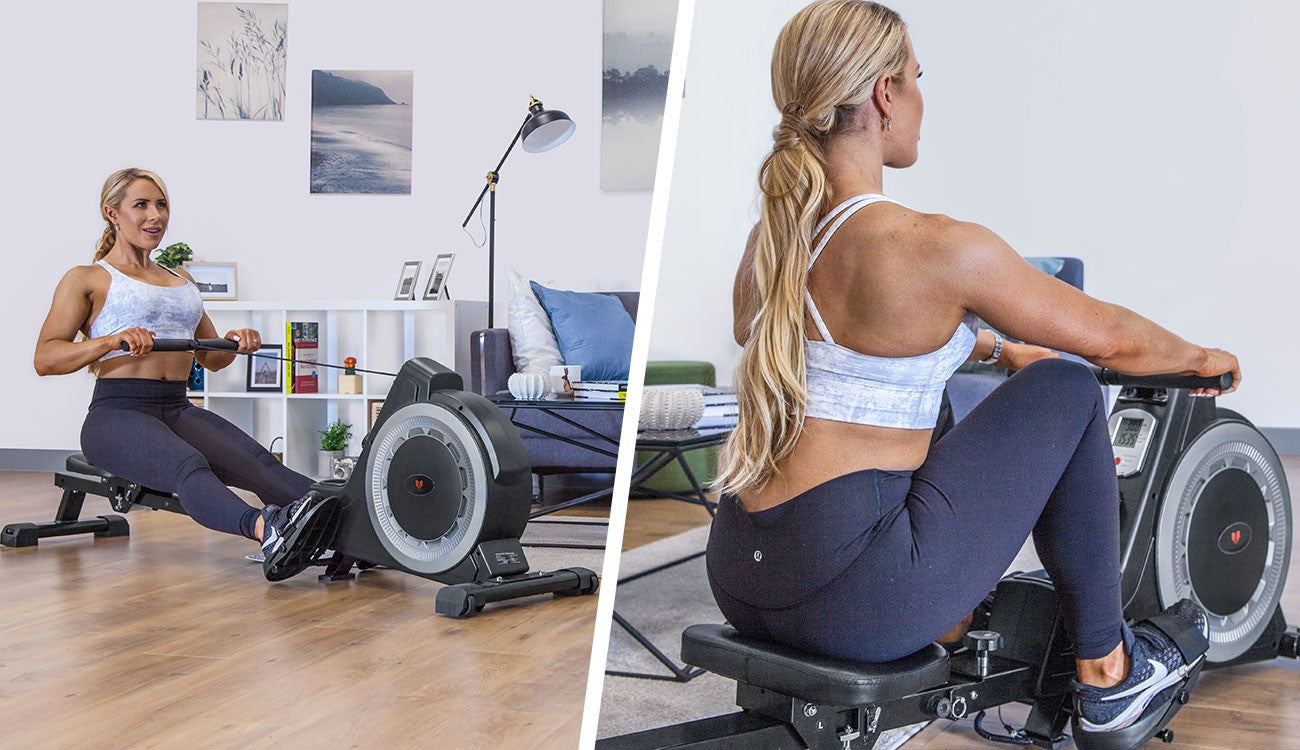

At Lifespan Fitness, we're big believers in the power of rowing machines to revolutionise your personal fitness. However, a common concern among users is whether rowing machines can lead to back issues. While rowing exercises are comparatively safer than other cardio workouts, it's possible to run into problems if they're used incorrectly.
Understanding how to use a rowing machine and identifying potential causes of discomfort can help you enjoy the benefits of rowing while minimising the risk of back problems. Let's delve into the mechanics, benefits and precautions to keep your back healthy while rowing.
Understanding Rowing Machines

Mechanics or Rowing Machines
Rowing machines consist of a sliding seat, a handlebar and a resistance mechanism, which can be magnetic, water-based or air-based. The basic mechanic of the rowing motion involves pushing with your legs and pulling with your arms.
Proper technique is crucial: start by pushing off with your legs, then lean back slightly while pulling the handle towards your chest, and finally extend your arms and legs to return to the starting position.
If you'd like a more thorough breakdown of how to use a rowing machine, check out our guide here.
Key Benefits
When done properly, rowing machine workouts engage all major muscle groups in both the upper and lower body. They're also fantastic for cardiovascular fitness, helping to improve heart health and endurance.
One of the key benefits of a rowing machine over cardio machines is that they're low-impact, removing any strain on joints while delivering a high-calorie burn.
The rhythmic motion can also work to enhance coordination and balance.
Common Causes of Back Pain
Incorrect technique, such as overreaching or hunching your back, can place stress on the lower back. This usually happens because the user's core is not properly engaged during the rowing motion. It could also be due to excessive force. To avoid this, make sure your back remains straight and initiate the movement with your legs rather than pulling with your back. Proper form helps distribute the workload evenly and reduces the risk of injury.
Overexertion is another factor that can lead to back pain. If you push too hard or set the resistance too high, you can seriously strain your back muscles. This is often a result of trying to achieve a faster pace or greater intensity without the right conditioning. It's important to start with a manageable resistance level and gradually increase it as your strength and endurance improve. Listen to your body and avoid pushing through pain, as this can exacerbate injuries and lead to chronic issues.
Tips for Preventing Back Pain

As with any type of workout, taking the time to do a proper warm-up is crucial. A good warm-up is about increasing blood flow to your muscles and preparing your body for the workout. Start with light aerobic exercises, like jogging or dynamic stretches, to loosen up your muscles. This will greatly reduce the risk of muscle strain and injury, setting you up for a safer and more effective workout.
Once you're on the rowing machine, it all comes down to your technique. Focus on engaging your core and using your legs to drive the movement, rather than relying on your back. Keep your back straight and avoid leaning too far forward or backward. This distributes the load evenly across your body, reducing strain on your back.
Incorporating recovery products can aid in preventing and alleviating back pain. Stretching tools like foam rollers and massage balls can help release muscle tension and improve flexibility. For targeted relief, consider using compression recovery boots or infrared saunas, which can aid in muscle recovery and overall well-being. For additional stretches and recovery tips, check out our essential stretches for your body.
When to Seek Assistance

If you're experiencing persistent or severe back pain, this may be an indication of a more serious issue. It's important to not ignore when your body is in pain, even if it's only a minor discomfort. This will prevent it from becoming a chronic problem. Pay attention to symptoms such as sharp pain or pain that radiates into other areas like the legs or arms. These signs may suggest underlying conditions.
Healthcare professionals such as a physiotherapist or chiropractor will be able to provide a comprehensive assessment of your back pain. They can diagnose any potential issues and offer tailored advice on treatment and preventive measures. A professional can also help refine your rowing technique and suggest modifications to reduce strain on your back.
If your pain is related to an injury or chronic condition, a healthcare provider can recommend appropriate recovery strategies and rehabilitation exercises. Seeking timely professional guidance ensures that you address the root cause of your pain and receive effective treatment, allowing you to return to your rowing routine safely and comfortably.
Alternatives
If you're concerned about back pain from rowing machines, consider alternative low-impact exercise options. Cross trainers, also known as ellipticals, offer a gentle workout for your joints while still providing effective cardiovascular exercise. They allow you to engage both your upper and lower body without placing excessive stress on your back.
Another great alternative is using a recumbent bike. Recumbent bikes feature a supportive seat with a backrest and allow you to pedal in a more relaxed position, which can reduce strain on your lower back. This type of bike is particularly beneficial for recovery and rehabilitation, providing a comfortable and effective workout while minimising back discomfort.
Conclusion

Having a rowing machine can really boost your personal fitness. By understanding the mechanics of rowing machines and addressing common causes of back pain, you can enjoy the benefits of these workouts with peace of mind. Incorporating preventative measures like proper warm-up, technique refinement and using recovery products can further reduce the risk of back pain.
If you experience persistent or severe back pain, it's crucial to seek professional advice to ensure that underlying issues are addressed effectively.
If you have any questions or need guidance on choosing the right fitness equipment for your needs, explore resources available at Lifespan Fitness or contact our team for personalised assistance.




